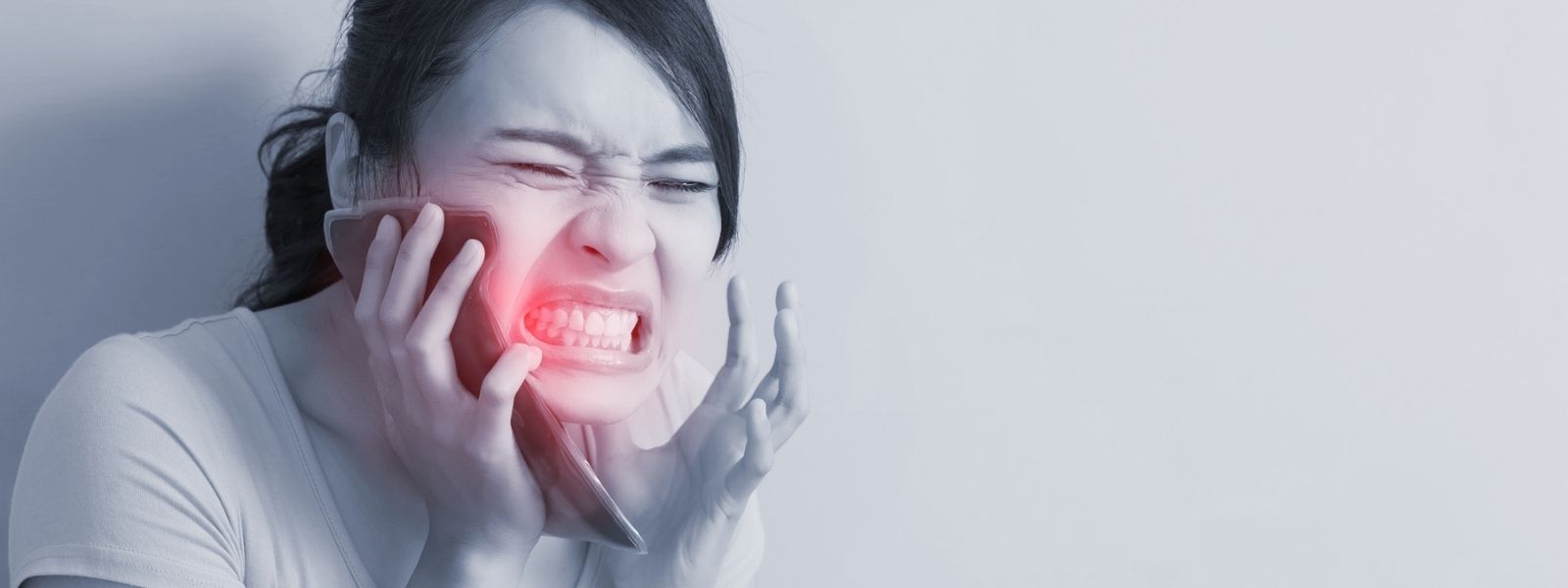Gum Loss Has Deeper Implications
A Healthy Smile Needs Healthy Gums
Gum recession is a condition in which gum tissue begins to pull back, exposing the tooth roots. This has many negative potential consequences, from the functional to the esthetic. Gum recession can leave a large portion of your tooth roots exposed, causing you to experience temperature sensitivity when eating and drinking. It can make your gumline appear lopsided, transforming what may otherwise be a healthy smile into one that makes you feel self-conscious. Worse yet, if you leave the condition untreated, it can lead to tooth and bone loss. The good news is that multiple options exist to treat your gum disease, and some are minimally invasive! Our specialized periodontal team is here to help you avoid the risks of gum recession in Miami, FL, with personalized and comfortable treatment.
Risks Of Gum Recession
Gum disease
Sensitive teeth
Malocclusion (bite misalignment)
Loose teeth
Tooth loss
Jawbone recession
Unbalanced smile
Long-looking teeth
Loss of self-confidence

Common Causes Of Gum Recession
A few of the factors mentioned below that cause gums to recede are within your control. Where applicable, try to alter any habits that may be connected to the recession.
Thin gum tissue
Tooth position
Periodontal (gum) disease
Aggressive tooth brushing
Use of hard-bristled toothbrushes
Gum tissue trauma
Tobacco use of any kind
Genetic factors
Treatment In The Hands Of An Expert
Gum recession is a key treatment performed by periodontists. As the gum experts, periodontists have the uniquely focused training in soft tissue procedures like gum grafting to offer precise and effective treatment. You’ll benefit from seeing a periodontist, not only for the functional improvements, but for their expertise in artistically restoring a natural gumline and gorgeous smile, too. Our periodontist has years of experience in a variety of treatment techniques for gum recession in Miami, FL. With precision and attention to detail, we can help you find your ideal smile once again!


How We Reverse Receding Gums
If you’re experiencing gum recession, you may believe that you’ll never see your beautiful, balanced smile again. Rest assured that gum recession reversal is not only possible … but that you already possess the solution to your own problem! Our team can remove a small amount of healthy soft tissue–either from the roof of your mouth, from in front of any teeth that already have disproportionate gum coverage or from another donor source–and attach it to the area where your gums have receded. Gum grafting, as this treatment is called, restores the protective function, the health, and the esthetics of your gum tissue.
With artistic precision, our periodontist can recreate your full, original gumline, adding gum grafts where the tissue is deficient to even out its appearance. This is all done with an eye toward restoring the natural curved shape of the tissue around your teeth. Following this procedure, we can explain what habits and other factors might be contributing to your gum recession so you can avoid them in the future.




